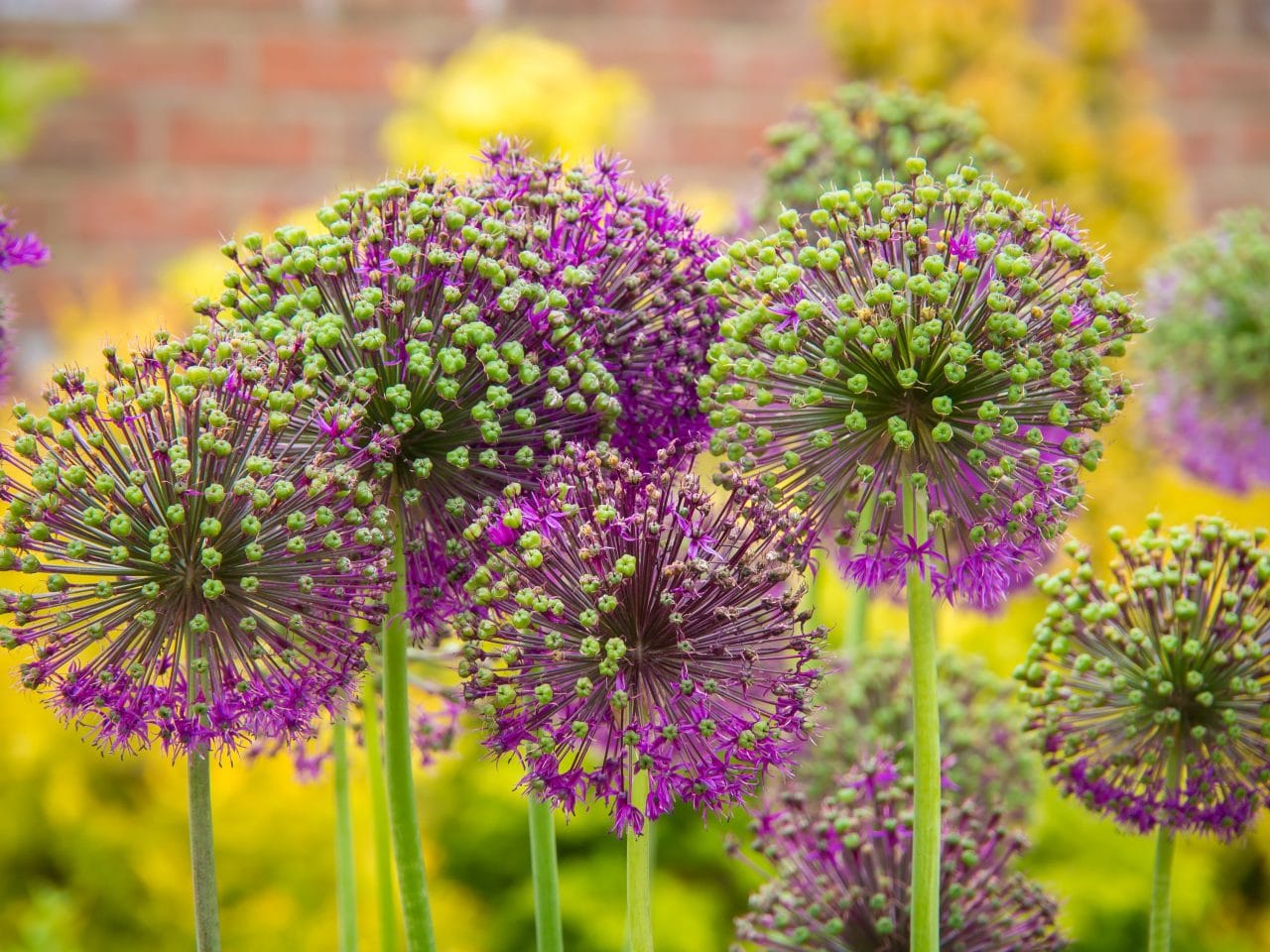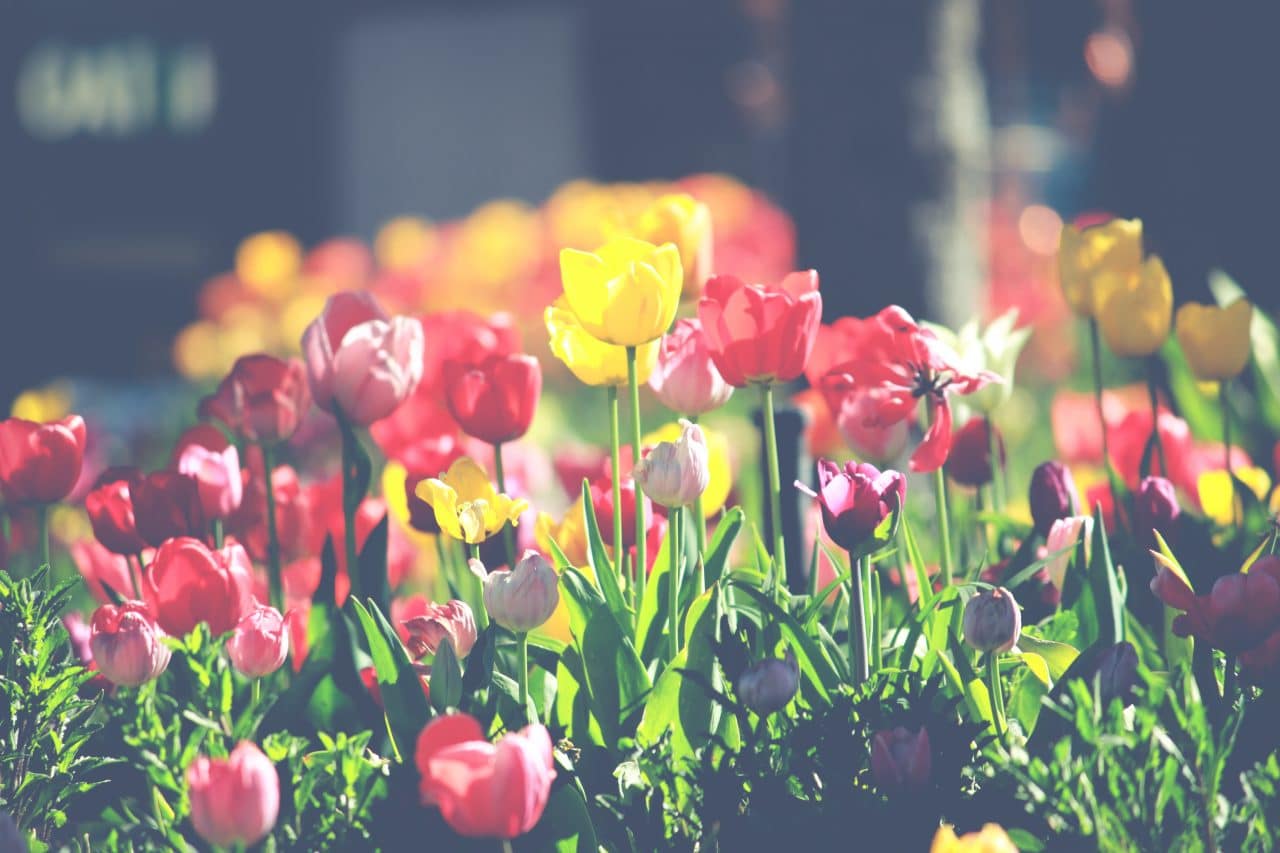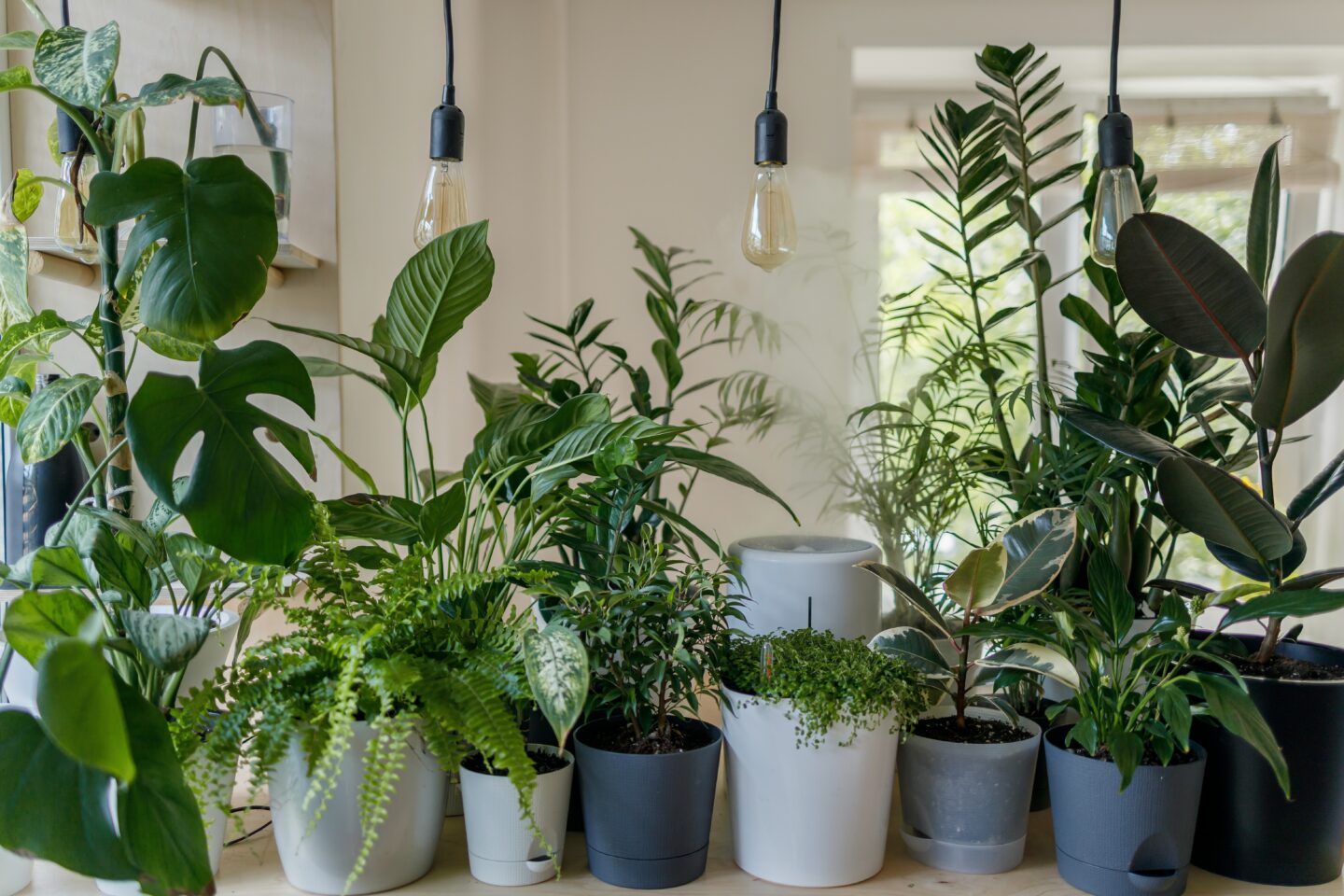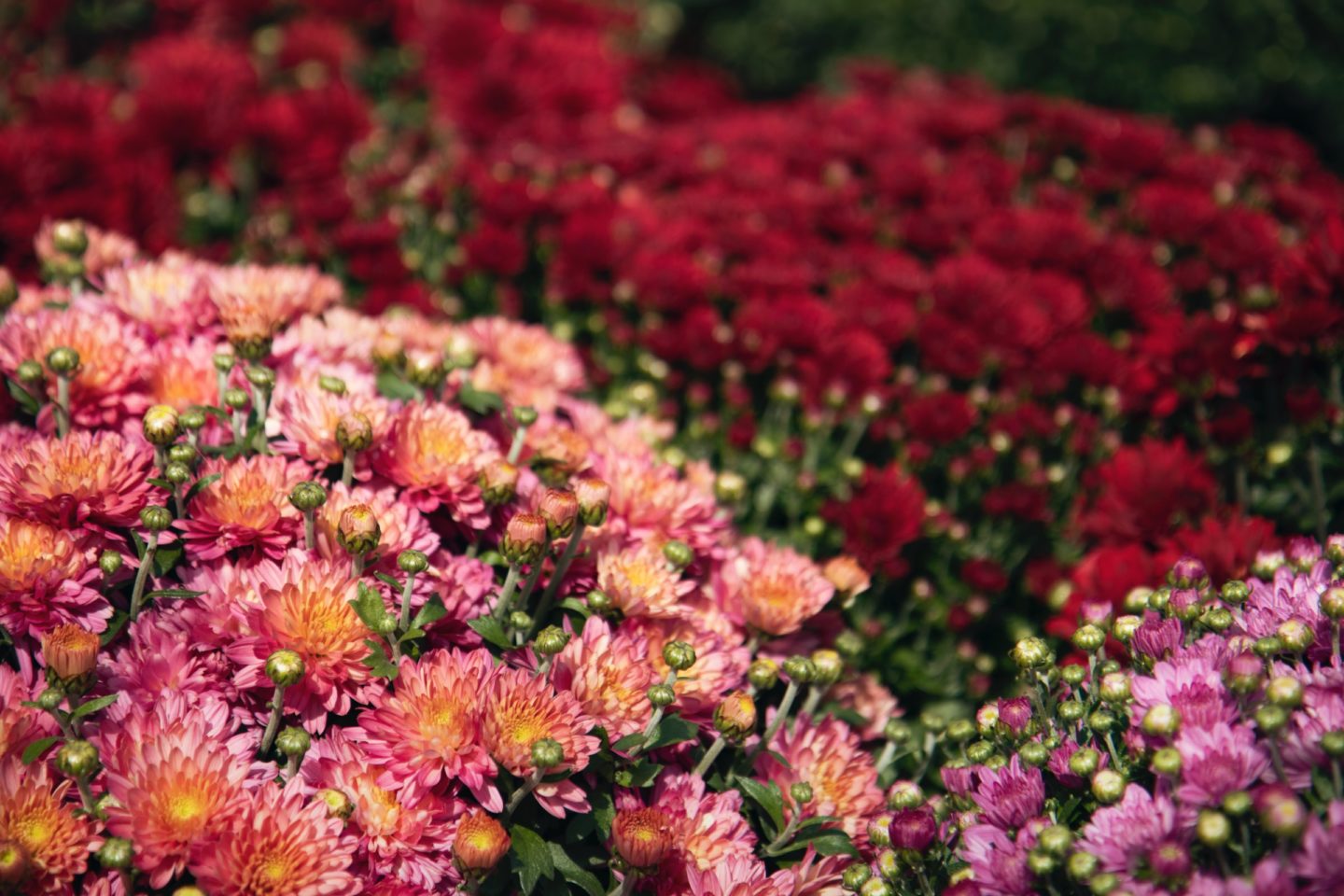
Each year, the Garden Media Group puts out a detailed report of what trends they’re predicting for the garden industry in the upcoming year. The four biggest takeaways we took from the report for 2018 were gardening for wellness, growing plant communities, gardening for privacy, and growing your own protein. We’ll dig into these ideas and talk about how you can apply them in your own landscape this season.
2018 Garden Trends: Gardening For Wellness
As the world gets more and more complicated, many of us are seeing our stress levels rise with it. One of the ways to combat the constant stream of news and information coming to us from our phones, TVs, and social media is to get out and enjoy a moment device-free in nature. The report states, “The new study of neuro-conservation from Dr. Wallace J Nichols, an evolutionary ecologist and research associate at the California Academy of Sciences, says that being in nature and around water shifts our brains towards hope and compassion and away from stress and anger."

We know from first-hand experience that a day digging in the dirt leaves us feeling both physically tired and mentally energized. So this season, make sure you have a space in your landscape that you can sit out and enjoy nature. If you have a particular part of your garden you love, place a bench or adirondack chair near it to be able to enjoy it more. Place a water feature in your yard to enjoy the soothing sound. Get out into nature and plant something in your garden, or even head out into the woods for a hike.
In 2018 — and for many years to come — making an effort to get out in nature isn’t only a “trend,” but a necessity.
2018 Garden Trends: Plant Communities
Our Landscape Designer David is a big advocate for this idea of landscaping with plant communities instead of individual plants. So what is a plant community? Think of plants as species that interact with each other and the garden, instead of plants placed adjacent to each other with mulch in between. The plants should work together, instead of live apart with no communication.
An important aspect of planting a plant community is to incorporate groundcovers as “green mulch” to help prevent weeds from growing and fill in around the roots of the other plants. Other parts of this planting method include layering plants vertically, making sure you’re growing the right plants for your soil type, sunlight, and other growing conditions, and making the garden low maintenance.
Learn more about plant communities in our blog.

2018 Garden Trends: Growing For Privacy
As more and more people are choosing to live in cities and suburban areas, the idea of using living plants as privacy is becoming more popular. We see many clients looking to use shrubs, vines, and other long-lasting plants to help naturally block out a home next door, hide an ugly septic tank, or other unsightly areas in their property.
2018 Garden Trends: Growing Your Own Protein
Whether you’re a vegetarian or not, more and more people are realizing the importance of plant-based protein in a well-balanced diet, and many gardeners are opting to grow their own in their backyards.

Top 10 Easy-to-Grow Protein-Rich Foods:
- Edamame
- Peas
- Quinoa
- Broccoli
- Corn
- Asparagus
- Spinach
- Kale
- Millet
- Sunflower Seeds
You can get seeds for most of these varieties from the Vermont-owned company High Mowing Seeds, which sells all organic and non-GMO vegetable varieties.
2018 Garden Trends: Takeaways
The common thread through most of the garden trends for 2018 are wellness and growing smart. Gardening not only can help us relax and give us yummy, healthy foods to eat, but more and more gardeners are seeing the importance in growing low maintenance plants that serve multiple purposes in their yard. If you love that climbing Hydrangea vine, you may want to place it in an area that can also provide screening from a neighbor’s patio. If you’re looking to create a new garden bed, use the plant community method to reduce your need for watering, weeding, and pruning.
We’re excited to use some of these practices in your gardens for the 2018 season!


